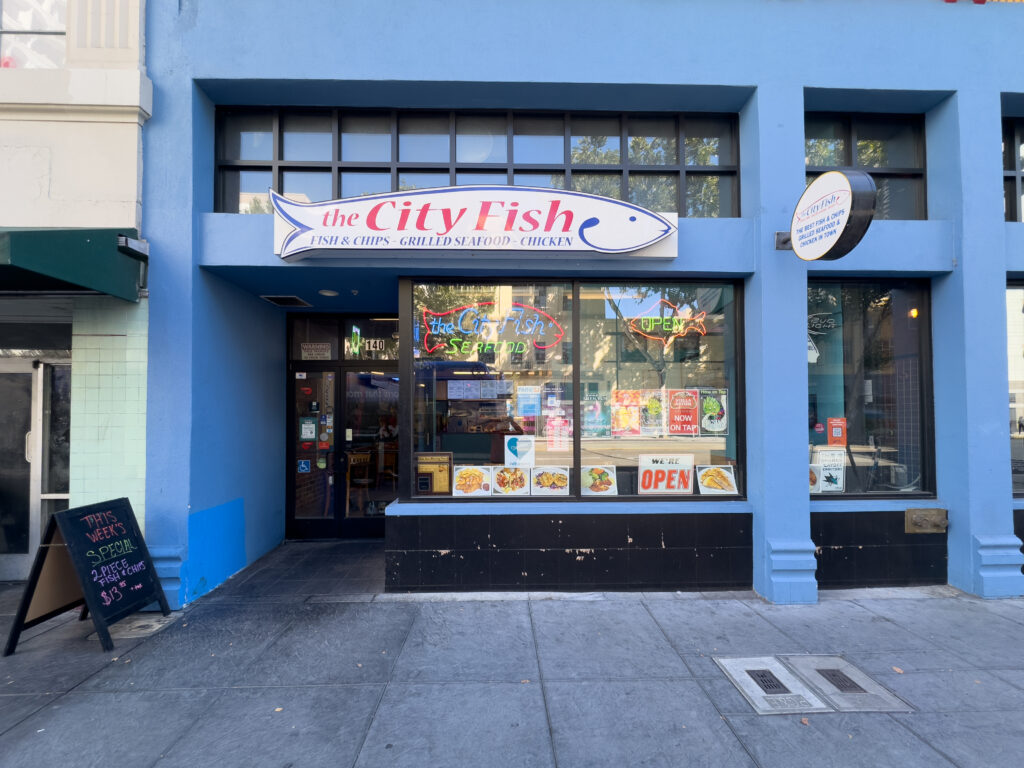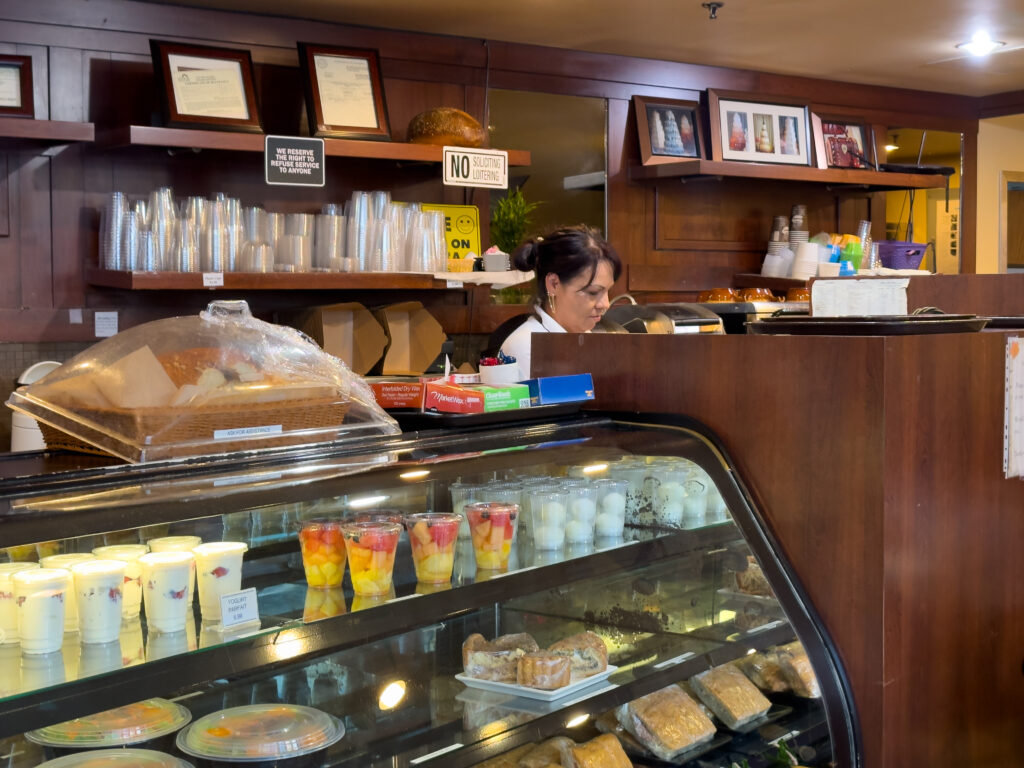The San Jose metro area ranks in the top 10 among the lowest in the country for employees returning to the office.
San Jose sits in the ninth spot at 40.7% for return-to-office rates, according to a recent study by Kastle, a facilities security firm that tracks office visits by analyzing keycard swipes at buildings across the country. The San Jose metro area includes San Jose, Santa Clara, Sunnyvale, Cupertino and a handful of other smaller cities.
Alex Stettinksi, CEO of the San Jose Downtown Association, said most downtowns across the country lack a sufficient balance between office space and residential areas.
“In (San Jose’s) case, we have some, but not enough residential buildings,” Stettinski told San José Spotlight. “A lot of the buildings are commercial buildings, and if people are not coming back to work, they’re ghost buildings.”
He said downtown companies such as Zoom and Adobe mandate that employees work from the office three days a week, which makes a difference in downtown San Jose’s vibrancy.
Historically, office workers have been large downtown economic generators, providing boosts to sales tax and revenue for restaurants and other small businesses that situate themselves next to large, corporate neighbors.

Small businesses in downtown San Jose rely on office workers and have struggled post-pandemic. Daniel Zubizarreta, owner of The City Fish eatery, said pre-pandemic the revenue was great. But now with office workers on hybrid schedules or remote, the effect has been noticeable. He’s been at the same location at 30 E. Santa Clara St. for 10 years.
“There’s much less foot traffic,” Zubizarreta told San José Spotlight. “Parking garages are not full. I park my car here in a public parking lot and it used to be full up to the sixth floor. Now it’s only full up to the third (or) fourth floor. So that should give you an idea … that there’s office spaces still vacant.”
Downtown areas across the country are lagging behind their pre-pandemic levels, but San Jose—and the Bay Area in general—are significantly behind their counterparts.
Houston, Texas has the highest return-to-office rate with 61%, followed by Austin, Dallas and Chicago—at 58%, 55% and 53% respectively. San Francisco, San Jose’s neighbor to the north, sits at 43.5%.
Advances in technology—most of which have been developed here in Silicon Valley—enable office workers to work hybrid schedules, splitting their time between home and office.
Stettinski said one of the ways to lure workers back to the office is with more after work events that would encourage them to stick around. City data shows large businesses such as Adobe, EY (Ernst & Young), Accenture and PwC employ close to 20,000 people in the downtown area. So finding a way to keep those workers around is crucial for returning the economy to pre-pandemic levels.

Bijan Abachi, who owns Bijan Bakery & Cafe next to the Signia Hotel, said business has been slow post-pandemic—and if it doesn’t pick up in the next few months he might have to shut down after 15 years. He said San Jose is not helping small businesses, adding that on top of the lack of foot traffic, construction has closed roads and parking lots near his store, making the situation worse.
The city’s downtown economic progress report acknowledges low return-to-office rates are having an effect on the economy, and that high interest rates have curbed real estate development.
“While we don’t dispute that our return-to-office rates are low, there isn’t clarity on how Kastle actually tracks this data,” Carlos Velazquez, a spokesperson for San Jose’s Office of Economic Development and Cultural Affairs, told San José Spotlight. “(The report) also states ‘San Jose Metro’ which also means that the figures could not just be San Jose, and definitely not just our downtown area.”
Follow Freddy Brewster at @freddy_brewster on X, formerly known as Twitter. Contact Jason Torres Iraheta at [email protected].



Leave a Reply
You must be logged in to post a comment.